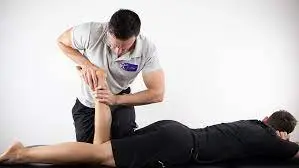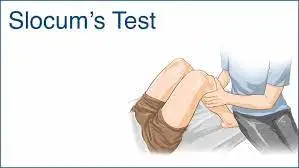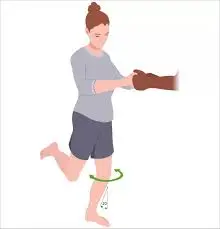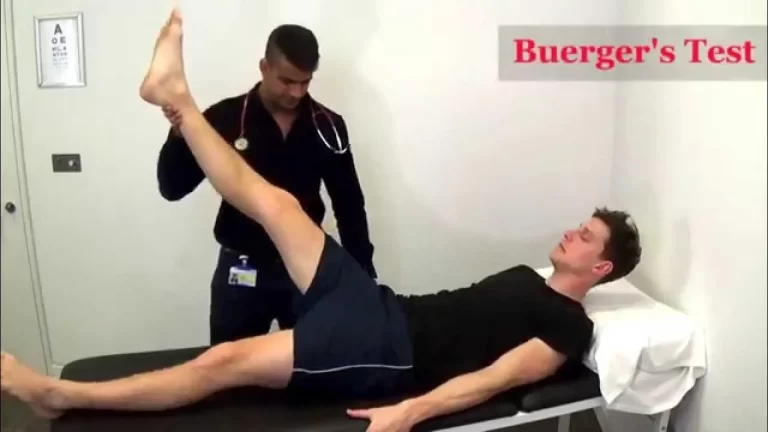Apley’s Test
Introduction The Apley Compression test is used to evaluate individuals for problems with the meniscus of the knee. This test is named after Alan Graham Appley (1914-1996), the British orthopedic surgeon who invented this evaluation method. The test is performed in conjunction with the Apley Compression test. There is a lot of pain and morbidity…










